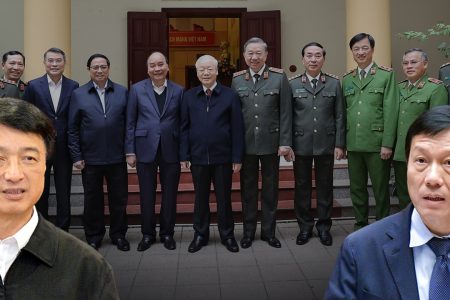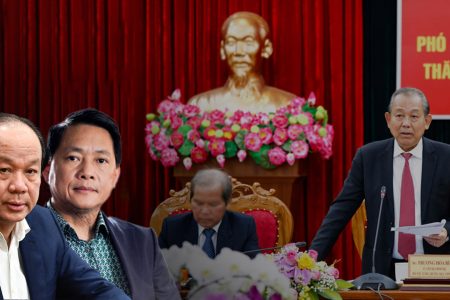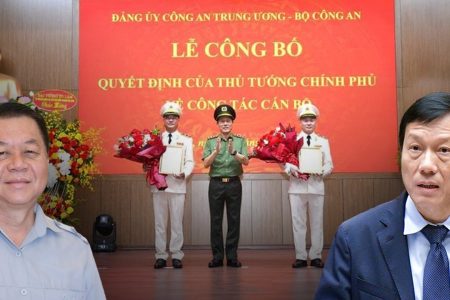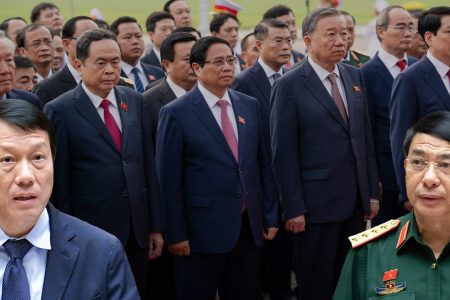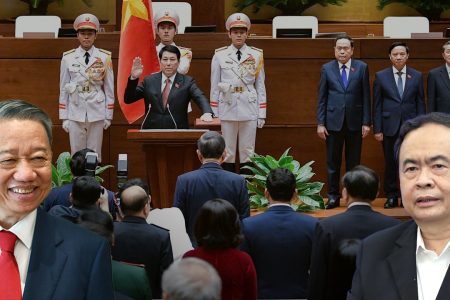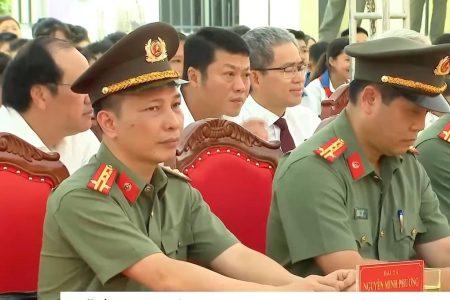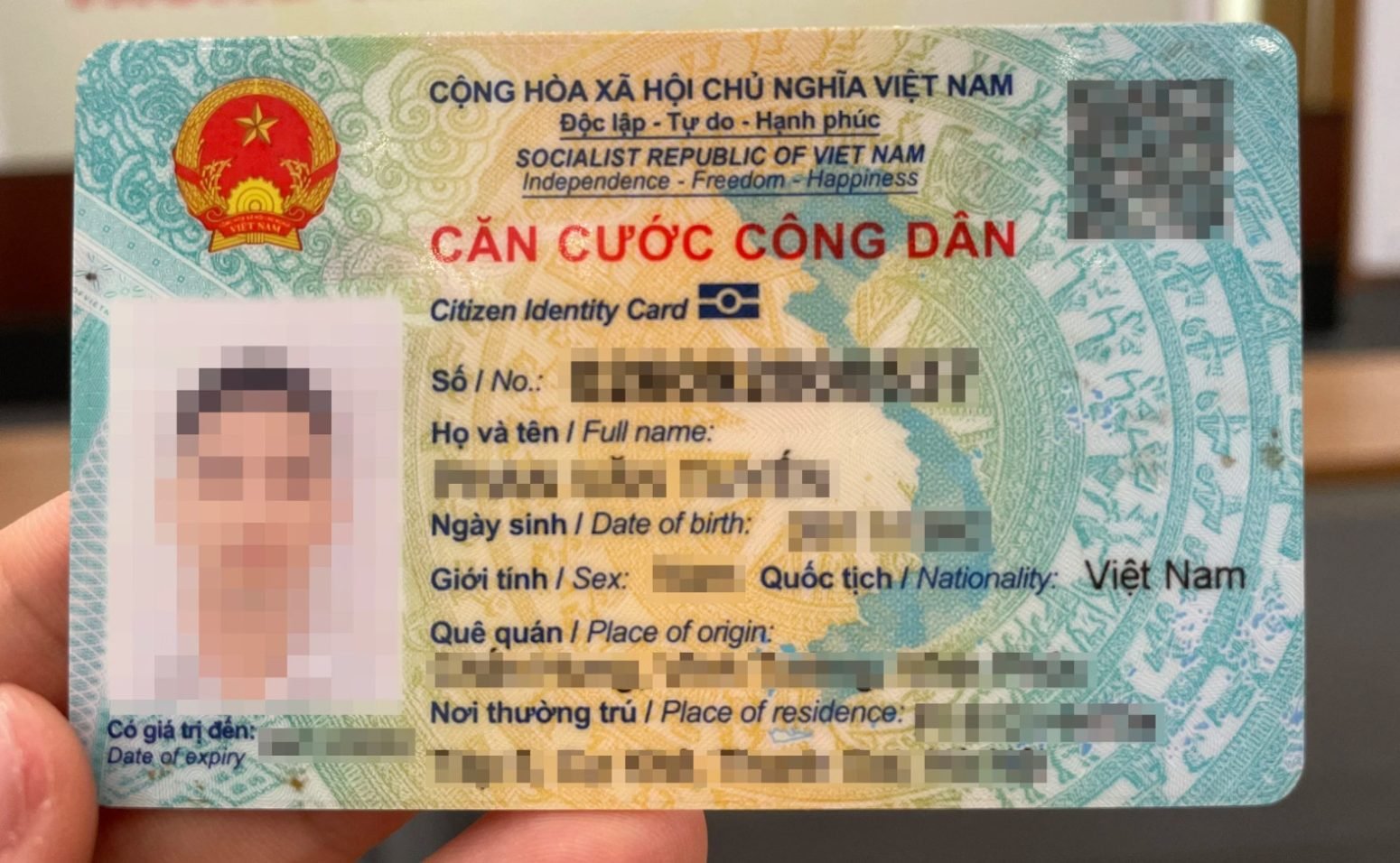
Before and after the Identification Law was passed by the Vietnamese National Assembly, the majority of people were dissatisfied with the Ministry of Public Security’s policy of constantly changing personal document templates.
Since 2016, “Identification Card” has been changed to “Citizen Identification Card.” By 2021, the Ministry of Public Security will change it to “Citizen Identification Card” with a chip, and in 2024, it will change to “Identification Card.”
If counted since 1957 in the North, and since 1975 throughout the country, Vietnamese citizens have undergone different types of identification documents such as: Identification Card with 9 digits, Identification y card has 12 digits, Bar code Citizen Identification, the Citizen Identification Card has a chip attached, and until now has been temporarily stopped as the Identification Card.
That is why, when discussing the Identification Bill, some National Assembly delegates expressed the opinion that changing identification documents too many times by the Ministry of Public Security will create bad opinion among the people.
It is known that Minister of Public Security To Lam at that time argued before the National Assembly that “changing the ID card model is appropriate, does not affect State budget expenditures, social costs, as well as people’s psychology.”
But the incorrect statement of the Minister of Public Security was refuted by Nguyen Si Dung, former Deputy Head of the National Assembly Office, in Tuoi Tre newspaper on November 29, saying, “when new laws are promulgated, or modified, compliance costs are more likely to be incurred.”
If we look back at the “roundabout” journey of the identification document system of Vietnamese citizens, after 78 years of Communist Party rule, people can clearly see how stupid the communists’ “intellectual pinnacle.”
Currently, people in Vietnam who want to be granted or change citizen identification cards must go to the district police to complete the procedure. Procedure time ranges from a few dozen minutes to a few hours, depending on the location. Then it takes about 2 months to get the card, even though according to regulations it is only 7 to 15 days.
Not to mention the conversion of Identification document forms has caused a lot of inconvenience for people. When the ID card is changed to the Citizen Identification Card, because the ID card number and the ID card number are not the same, people have difficulty doing banking transactions or carrying out other civil procedures.
Public opinion finds that, regardless of the name or model of identification documents, the procedures for issuing new or re-issuing identification documents in Vietnam face many troubles.
BBC News Vietnamese consulted on making a citizen card in Thailand. Accordingly, Thai citizen cards, since 1943 until now, have changed 5 times.
Specifically:
“In 2009, Thai citizen cards changed from plastic cards to embedded with chips and barcodes, called smart cards.
Responsible for making the card is the Ministry of Home Affairs, an agency of the Thai Government. Notably, people can completely change their citizen cards conveniently and easily when going to the card exchange headquarters or booths located at train stations or supermarkets.
Thai colleagues told us that the card making process only takes more than 10 minutes and they have not had to change any cards since 2009.”
Talking about the cause of the circular path of Vietnamese identification cards, lawyer Ngo Anh Tuan said:
“Every leader who comes into office has a change and wants to leave some mark during their term. However, instead of a good mark, they leave a blemish. I think they go around in circles due to the perception from the leader and even from the advisory board.”
Associate Professor, Dr. Mac Van Trang, wrote a comment on his personal page, saying, ID card is an event that is both tragic and humorous.
The name of this type of identification document is not a small matter, because it reflects the entire state management style. From the day of the “Revolution” until now, everything has moved according to the law of “slow lights”, running blindly but then returning to the original place.
Still according to Mr. Trang, accepting this, the National Assembly has shown progress. He humorously suggested: “The National Assembly should quickly return to implementing the 1946 Constitution of the Democratic Republic of Vietnam in a reasonable manner.”
Public opinion believes that this is a very small matter, but it has revealed a short-sighted, lack of vision and unstable thinking of the state apparatus in Vietnam today. As well as being irresponsible, it not only causes damage to the budget and inconvenience to the people…
Thoibao.de (Translated)




